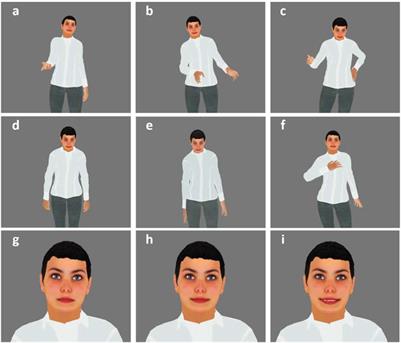EDITORIAL
Published on 17 May 2023
Editorial: Human decision-making in combat situations involving traditional and immersive visual technologies
doi 10.3389/fpsyg.2023.1166115
- 807 views
7,555
Total downloads
33k
Total views and downloads
You will be redirected to our submission process.
EDITORIAL
Published on 17 May 2023
ORIGINAL RESEARCH
Published on 14 Nov 2022
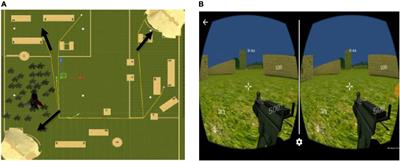
PERSPECTIVE
Published on 04 Apr 2022
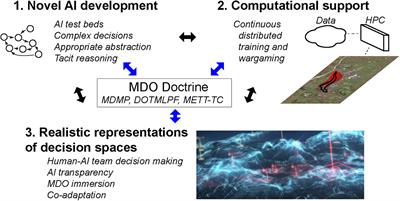
ORIGINAL RESEARCH
Published on 20 Apr 2021
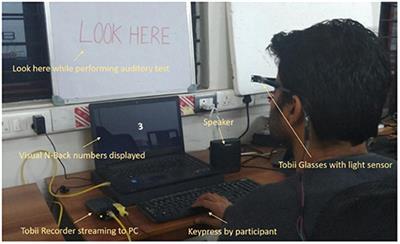
ORIGINAL RESEARCH
Published on 01 Mar 2021
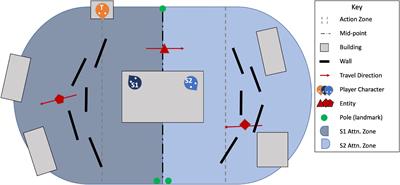
ORIGINAL RESEARCH
Published on 17 Nov 2020
